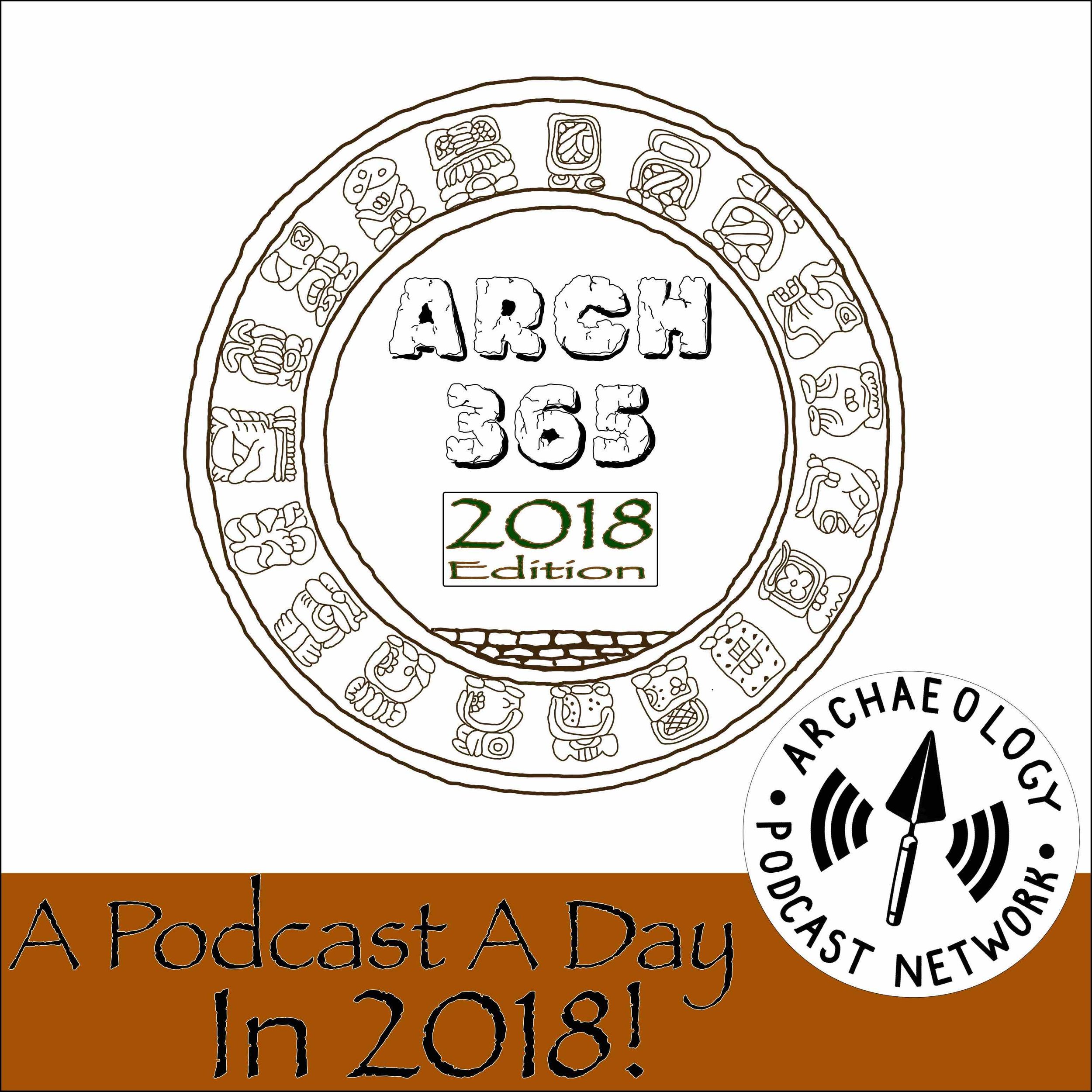The world heritage site of Troy, in modern Anatolia in Turkey, best known from the homeric epics, is today known as the site of nine successive cities dating between 3000 BCE and AD 500.
Bath - Episode 18044
The Roman baths, in the City of Bath, England, are one of the best preserved roman bathing complexes in the United Kingdom.
Links
Carynx - Episode 18043
A large, bronze, S-shaped trumpet in use by Iron Age Celtic peoples, the Carynx was regularly used in battle to intimidate their enemies.
Links
Ise Shrine - Episode 18042
The Ise Grand Shrine, also called Ise Jingū, is a paris-sized Shinto shrine complex with 125 separate temples that was founded in the 7th century. The Ise complex located in the city of Ise, Mie Prefecture of Japan.
Links
Saalburg - Episode 18041
The Saalburg is a Roman fort located northwest of Bad Homburg, 20 km north-north-west of Frankfurt in the state of Hessen in Germany.
Links
Stonehenge - Episode 18040
Stonehenge is a British cultural icon that is also one of the best known archaeological sites in the world. It is set within one of the most extensive Neolithic and Bronze age landscapes in Britain.
Links
Historic Fish Wiers - Episode 18039
Of the many methods of exploiting fish, weirs are one of the most important to archaeologists as they leave the longest lasting evidence on the landscape.
Links
Dunhuang - Episode 18038
The ancient Chinese city of Dunhuang, located at a strategic crossroads of the ancient southern silk road, is famed for its art and archaeology relating to historical Buddhist worship.
Links
Roskilde - Episode 18037
Roskilde a Danish city with a fascinating history in its own right and whose origins date back to the pre-christian Viking age is most well known for the Danish Viking Ship Museum.
Links
Scandinavian York - Episode 18036
Jórvík, the scandinavian name for the southern kingdom of Northumbria, which roughly corresponds to present day Yorkshire, and also its capital city York, was controlled by a succession of Norse warrior-kings between the late 9th and early 10th century CE.
Glendalough - Episode 18035
With a foundation date some time in the sixth century, the monastic landscape of Glendalough (Glen-daw-lock but said kinda fast) is a rich archaeological resource located 35 km south of Dublin.
Links
Mastermyr chest - Episode 18034
The largest ever find of Viking Age blacksmithing and woodworking tools was found in the Mästermyr Wetlands, west of the town of Hemse, on the island of Gotland in Sweden.
Links
Acropolis - Episode 18033
The ancient citadel, known as the Acropolis of Athens or just the Acropolis, best known for the monumental temples and structures including the Parthenon, is a symbol of ancient Athenian and Greek power and civilisation the world over.
Links
Wolin - Episode 18032
Wolin, a Polish island in the Baltic Sea, has evidence of a human presence from the Neolithic, but is best known as the site of trading settlements from the early medieval period.
Links
Book of Kells - Episode 18031
The astonishingly beautiful, illustrated Gospel, known as the Book of Kells was created between the 6th and 8th centuries.
Links
Valsgarde - Episode 18030
The cemetery hill at Valsgärde, in use for five hundred years, provides an unparalleled insight into elite life and death in Sweden during the tail end of the Migration Period, through the Vendel Age, and into the Viking Age.
Links
Jelling - Episode 18029
Today Jelling is a small town of less than 4000 people, however, it is considered to be the site of the the founding of modern Denmark.
Ogham - Episode 18028
Ogham in Old Irish, or Ogham (Oham) in modern Irish, is a writing system that utilizes lines in groups of one to five across a longer, central line, usually carved into stone.
Antikythera Mechanism - Episode 18027
The Antikythera Mechanism is the oldest known analogue computer and was able to track astronomical and astrological movements as well as the four year cycle of ancient Greek Games.
Links
Tara Brooch - Episode 18026
Though considered by some to be the Dark Ages, some aspects of the Early Medieval period produced some phenomenal works of art. Many such works of art made in metal were created in Ireland.
Links
- https://www.museum.ie/Archaeology/Exhibitions/Current-Exhibitions/The-Treasury/Gallery-1-Iron-Age-to-12th-Century/The-Ardagh-Chalice-(1)
- https://en.wikipedia.org/wiki/Ardagh_Hoard
- https://www.museum.ie/Archaeology/Exhibitions/Current-Exhibitions/The-Treasury/Gallery-1-Iron-Age-to-12th-Century/Tara-Brooch-(1)
- https://en.wikipedia.org/wiki/Tara_Brooch




















